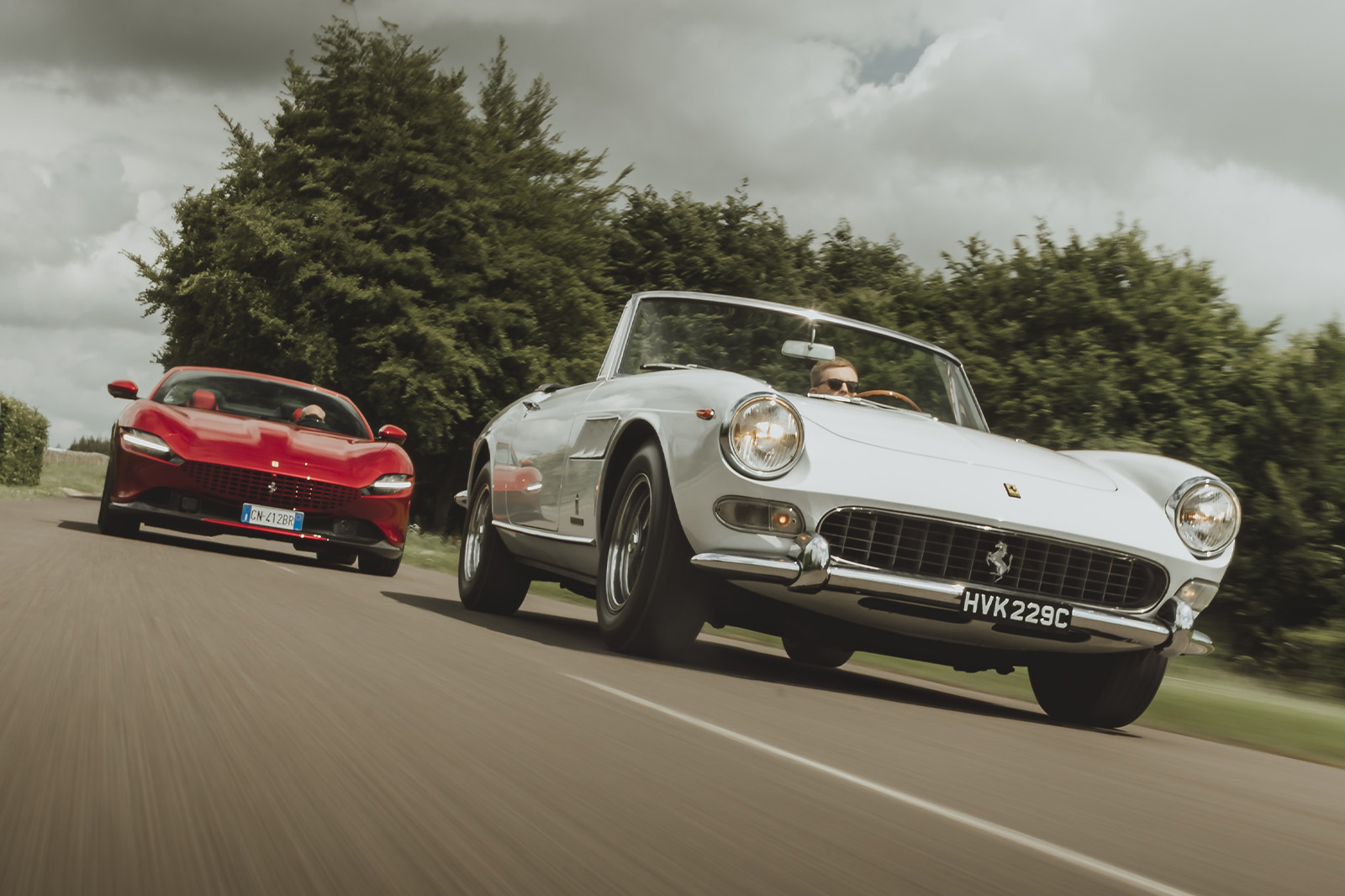During the 1960s, the convertible-Ferrari formula evolved in sync with successive hard-top launches: the 330 GTS and 365 California and GTS brought more power through bigger engine displacement, growing from the 275’s 3.3-litre unit to a 4.4-litre V12.
The cars also became larger and more opulent, in recognition of the importance of affluent American buyers to the brand’s profitability. For the front-engined convertibles, this reached its nadir in 1969 with the launch of the aforementioned 365 GTS/4 Daytona Spider.
This was a pinnacle car by any measure. Using the same 352bhp quad-cam 4.4-litre V12 that had previously powered the later 275 GTB/4, after the 275 GTS had been discontinued, it was, said Ferrari, the world’s fastest open production car.
But by then Fiat had taken a 50% stake in Ferrari, relieving Enzo of most road car responsibility, and the tide was turning for the traditional front-engined fare.
What followed was a mid-engined extravaganza from Maranello. It had already started with the launch of the 206 GT in 1967, but after the Daytona Spider ceased production in 1973, the only open-topped Ferraris available for the rest of the century – 308 GTS plus derivatives, Mondial Cabriolet, 348 GTS, 355 GTS/Spider and F50 – all had their engines mounted behind the driver. Only in 2000, with the low-volume 550 Barchetta Pininfarina, did Ferrari tentatively return with a front-engined, open-topped model (albeit one with an occasional roof).
It wasn’t until 2008 that the more ‘mainstream’ California entered the market, swapping V12 power for a naturally aspirated V8, before being comprehensively revised as the turbocharged California T six years later, and then again as the Portofino in 2017. The rather epic and still current 789bhp V12 812 GTS completed the list.

